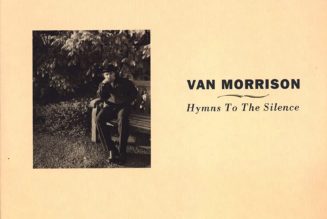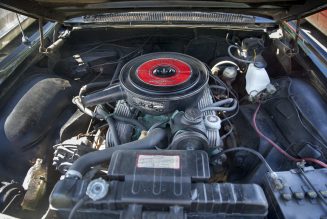The Mitsubishi Debonair V 3000 Royal AMG is a real AMG—a really different AMG, too. A global blend of Teutonic tuning and Japanese luxury, it may have been the perfect expression of its moment in time. And the epitome of what Japan aspired to be—a builder of world-class luxury automobiles to rival the European elite. And what better way to do that than wrap one of your top offerings in the mystique of a celebrated German tuner?
In 1987, when this AMG-ified Mitsubishi debuted, Japan was thriving. The Bubble Economy, as it’s known, meant automakers were absolutely flush with cash and happy to spend it developing moonshot cars like the Eunos (Mazda) Cosmo, the Acura NSX, the sequential-turbocharged monsters like the Toyota Supra and Mazda RX-7.


A generation beyond the devastation of WWII and the struggle to rebuild, the Japanese public were also riding high on the economy’s success. The Debonair AMG was the sort of car that could really appeal to a young, hard-driving executive seeking to reward themselves for their corporate acumen. Or an older executive hoping to add a veneer of sporty, foreign luxury to their stately Mitsubishi barge.
AMG was the perfect company to lend this big Mitsubishi an air of sophistication. At that time, a few years before AMG inked a deal with Mercedes-Benz proper and began its process of full integration into its main benefactor, the company was independent. It tuned customer cars, released some iconic in-house builds, and also worked together with Mercedes in motorsport. Customizing a factory Mitsubishi model was unusual, sure, but not unthinkable.
The AMG-ed up Debonair didn’t offer any more power (its V-6 was unaltered) or significant chassis upgrades (it remained front-wheel drive), but that wasn’t really the point. It had a bodykit, a unique steering wheel emblazoned with an AMG logo, special alloy wheels, and—most importantly—it was official. A real AMG, offered on a real Japanese product. For the right buyer, that was plenty to make the Debonair AMG the definition of cool at the time. Its overstuffed seats—nay, thrones—conveyed that its owner didn’t need to sit on hard vinyl or cheap velour anymore. No, in a Debonair AMG, you’d made it.
If the execution doesn’t necessarily hold up to the test of time, certainly you’ll be able to relate to its possible appeal at the time. Looking at its overall aesthetic now, a funky, geeky combination of formal lines and gee-whiz futurism, it’s endearing if not attractive. And there was another AMG-modified Mitsubishi that came to fruition after the Debonair’s short run: the Galant AMG. But that’s a story for another time.
The post You Know Mercedes + AMG, But What About Mitsubishi + AMG? appeared first on MotorTrend.









